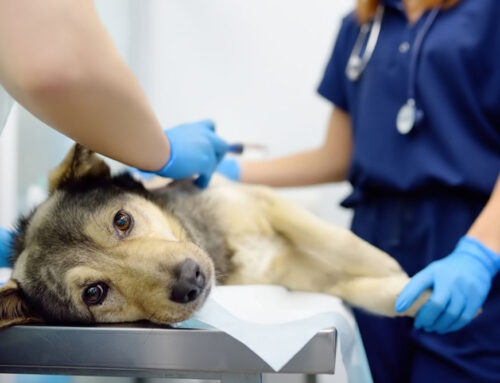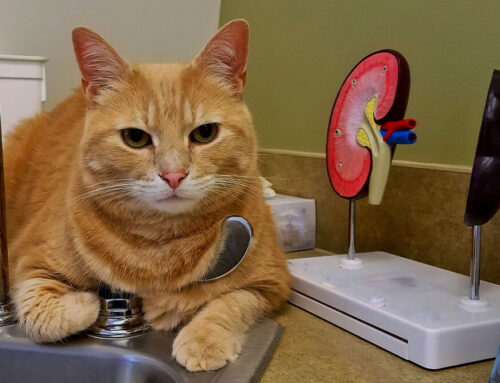Traveling with pets can be a rewarding experience, allowing you to create lasting memories and deepen your bond on adventures together. However, pet travel also requires careful planning and preparation to ensure a safe and stress-free journey. No matter your chosen transportation mode, our Southern Crossing Animal Hospital team shares tips to make traveling with your pet a breeze.
Plan a pet-friendly trip
Before booking your travel, research pet-friendly accommodations, transportation options, and import regulations at your destination. Air travel regulations change frequently, and each country has variable requirements for entering pets. A large pet must travel in a jet’s cargo area, which can be dangerous in hot or cold temperature extremes. No matter your pet’s size, ensure you understand air travel dangers before committing to a flight.
For all travel types and locations, ensure your pet’s vaccinations are up to date, and that they are microchipped for identification if they become lost. You should also obtain a health certificate from our team within a few days of departure if crossing state or country borders.
Provide your pet with an appropriate travel carrier
A sturdy travel carrier or crate is required for air travel and is helpful for car travel, especially for cats and small dogs. Ensure the crate is well-ventilated, secure, and has enough space for your pet to turn around and rest comfortably. For air travel, always consult with the airline to ensure your pet’s crate meets the requirements.
Practice traveling with your pet
If your pet isn’t a seasoned traveler, start acclimating them to the car or airline carrier long before your scheduled trip. Leaving your pet’s carrier where it is always visible, lining the carrier with comfortable bedding, and tossing treats inside create a space in which your pet can feel cozy and safe. Once your furry pal is accustomed to their crate, drive them around the block and reward your pet for remaining calm and quiet. Over several weeks, gradually build up to longer and longer trips.
Use pet restraints in the car
Use a pet seat belt, car seat, or travel crate in your vehicle to keep your pet secure and prevent them from becoming a driver distraction. Pets that roam freely in the car can get hurt or hurt you if you stop suddenly or are involved in an accident. Never leave your pet unattended in a parked car.
Provide your pet with frequent breaks
Frequent rest stops during road trips allow your pet to stretch their legs, relieve themself, and stay hydrated. Avoid feeding pets large meals while traveling, but you can offer them small, frequent snacks on long trips to offset nausea that may occur from going too long without food. Leave cats in their travel carriers, but you can take your dog for a quick walk and offer water before getting back on the road.
Ensure your pet’s safety at your destination
When you arrive at your destination, set up a comfortable and secure area for your pet, which can include their travel crate to serve as a home base. Keep your pet’s daily routine consistent and provide familiar items, such as bedding and toys, to make them feel comfortable. If you’re staying in a large home, allow your pet access to a small area at first and gradually increase their space.
Prepare for pet emergencies

Emergencies and unexpected situations can arise when you travel with a pet. You can prepare by carrying a pet first aid kit and learning about the emergency veterinary services available in your destination city or area. Bring along your pet’s medical records and ensure they wear a collar with an identification tag at all times.
With careful planning, flexibility, and patience, you can create cherished memories during adventures with your pet by your side. Our Southern Crossing Animal Hospital team recommends scheduling a health check before your departure to ensure your pet is healthy enough for travel and to issue an interstate health certificate. For international travel, please contact our team as far in advance as possible to update your pet’s vaccinations and meet country-specific testing requirements for entry.








Leave A Comment